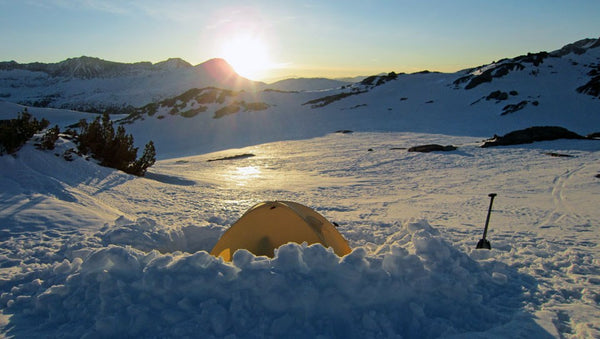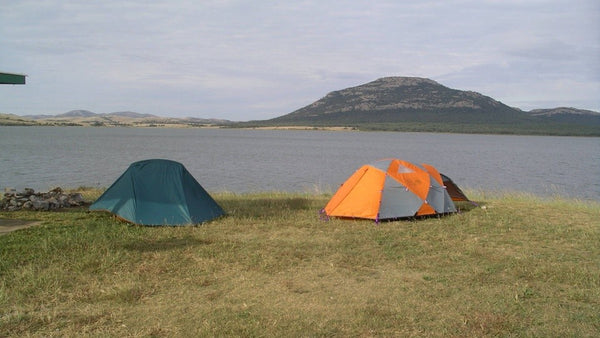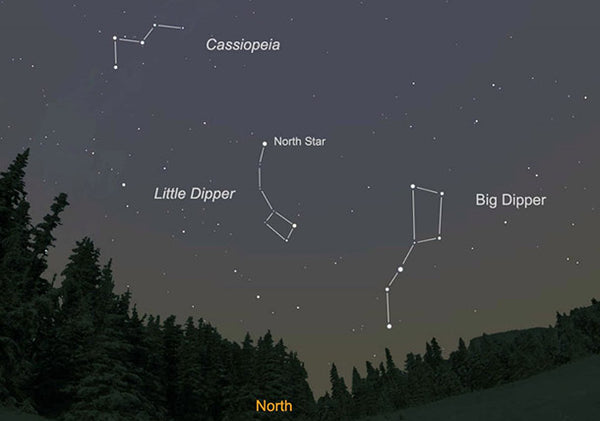LNT Tips: Hiking
Even if you’re already familiar with the seven Leave No Trace principles, enacting them can sometimes be tricky – different activities will require different sorts of interaction with the environment, so your primary LNT considerations will vary depending on how and where you’re recreating. But many varieties of outdoor excursion share a common foundation: hiking. Whether you’re backpacking from one end of a range to another, spending a night or two bushwhackings around in the wilderness, or just accessing a lake or viewpoint, you’ll be hiking. For day hikers especially, LNT can be easy to overlook. But no matter how long you’re spending on a trail, you’ll want to be sure that you’re leaving it as pristine as you found it (or more so). This list of practical LNT hiking tips will help you to minimize your impact as you trek through the woods. Here’s one tip upfront: in reading on, you’re already following the first principle – increasing your familiarity with LNT practices is an important part of planning and preparing!
If you haven’t already reviewed the seven principles of Leave No Trace and learned how they benefit natural environments and the people (like you) who enjoy them, start here and familiarize yourself with the ethics. Then, dive into this list of hiking-specific LNT practices –
Hiking LNT:
Wear Proper Footwear. LNT-wise, this is one of the most important and often overlooked pieces of basic hiking preparation. Proper footwear means boots that are sturdy, high-topped, and capable of tracking through mud and puddles without soaking your toes. Not only will this keep you safe and healthy, but it will also likely protect the trail and surrounding area as well. Because another LNT hiking basic is to –
Stay On The Trail. That patch of wildflowers just a couple yards off might look like a great place for a picnic, and blasting straight up instead of following a switchback might seem like a handy shortcut, but resist the temptation – the designated trail is the most durable surface for travel because it’s the only surface that’s intended for travelers. All the space off to the sides should be left alone and untrodden. Where one person tramples a new path, others are likely to follow, and this increases impact exponentially. For similar reasons, you should try to –
Stay In The Center Of The Trail whenever possible. Straying too often to the edges can widen the trail beyond the necessary extent. This is where proper footwear really comes in handy – people are most likely to forge new paths and widen the edges of trails in the process of avoiding muddy patches and puddles. If your boots make mud and moisture negligible, you’ll be able to stride right through them without an issue. More traffic circumventing a patch of mud means more footsteps on the edge of the trail (or beyond), which means making an extra physical impact that could have been avoided.
Avoid Pulling/Leaning On Trees adjacent to or even in the center of the trail. Especially in areas of heavy use/traffic. The repeated use of tree trunks/branches as handholds eventually rubs away their bark completely – smooth, glossy wood is a familiar sight to most people that have spent much time trekking up wooded mountainsides, but this condition is actually unhealthy for the trees, and can even kill them in some cases. Hikers should do the best they can to avoid contributing to this process. If holding onto a trunk or branch is necessary in order to avoid a nasty fall, then, by all means, you should protect yourself (though leaning on a personal walking stick or trekking pole would be preferable). But if it’s only a matter of convenience, grabbing trees should be avoided.
While hiking/bushwhacking in wilderness areas that do not include established trails, your considerations will be a bit different – instead of staying on a designated path, you’ll want to avoid creating a trail where there isn’t one. This means dispersing the group, avoiding walking in a single file, and staying away from places that appear to have recently seen travel. When possible, stick to surfaces like snow and rock where you won’t leave any lasting footprints.
Leave a comment
Comments will be approved before showing up.
Also in News & Skills




Richard White II
Author